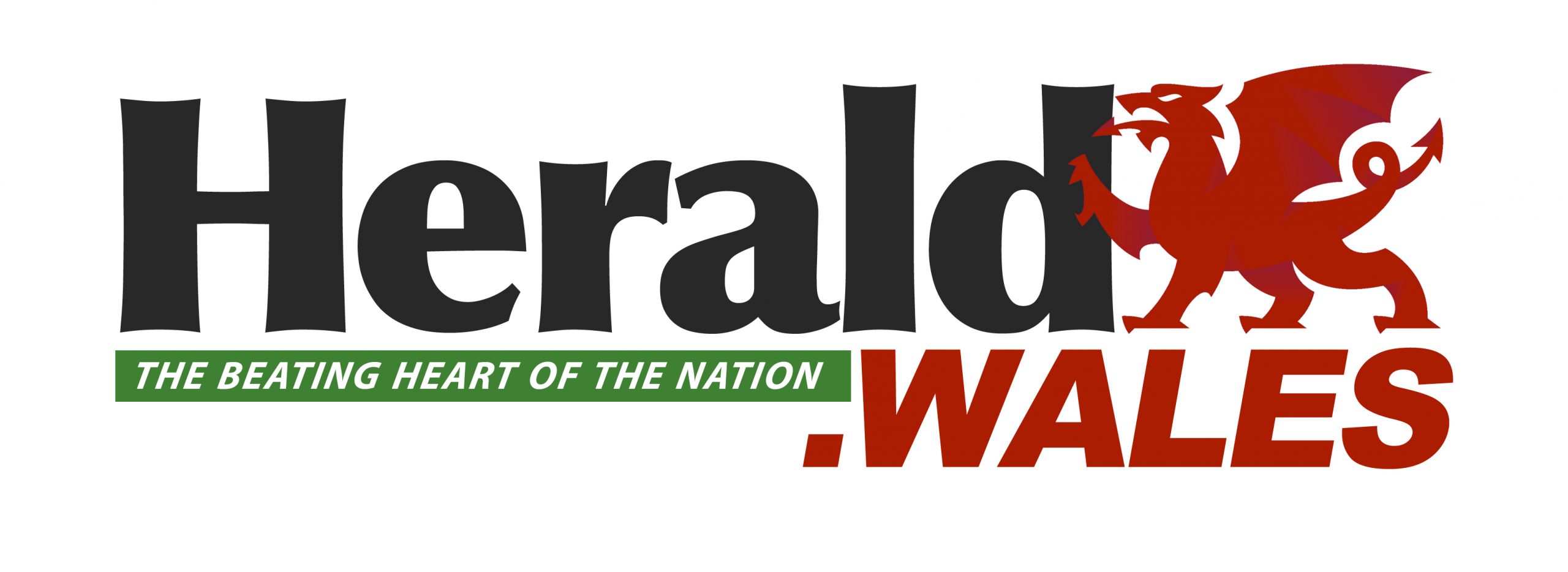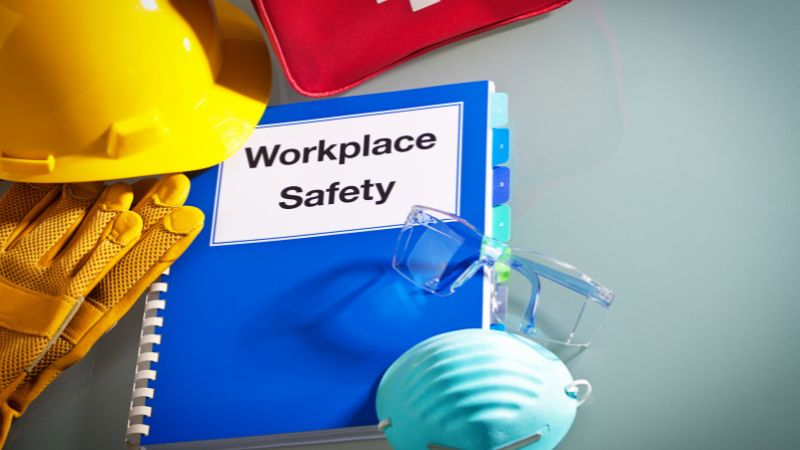The workplace can be a dangerous place to be. Construction sites, power plants and engineering workshops are obvious candidates for danger in the workplace, but the risk of casualty extends beyond these – and can touch even the most benign of office environments too.
In 2022-23, 135 workers lost their lives in work-related accidents, with 68 more members of the public losing theirs to the same. This number may seem small, and is mercifully so with thanks to today’s robust health and safety regulations, but even one work-related death is one too many. On a personal level, what can you do to minimise the risk of becoming a workplace injury statistic?
Risk Assessment
The key to any robust workplace health and safety programme is risk assessment. Risk assessments are comprehensive documents that identify risks in the workplace, and identify pathways to minimising or even neutralising said risk. Risk assessments are a necessary undertaking for employers by law. Risk assessments are also excellent for introducing accountability into the workplace.
They don’t just exist to flag risks and increase the likelihood of them being dealt with; they also exist to ensure named individuals are tasked with addressing workplace risks. If it is ‘someone’s’ job to ensure a chemical storage station is COSSH-compliant, it is less likely that anyone will take it upon themselves to do the work; naming a responsible individual makes a safety task more likely to be completed, and provides an accountable name for if the task isn’t completed and someone is injured.
The Right Tools
Another key provision for workplace safety is having the right tools for the job, so to speak. This has direct connotations, where being provided with the wrong drill for a construction job can have disastrous consequences. Where there may be potential for compensation through a civil claim against the employer in such a situation, it would be by far preferable to do your work safely and unimpeded.
This extends, too, to safety equipment. PPE is a necessary provision in the workplace, and in every workplace for that matter. Construction workers should have free and unfettered access to safety goggles, hard hats and other such protective items; office workers should have access to rubber gloves when handling cleaning products.
Hygiene
This brings us neatly to the subject of hygiene, which is just as important a consideration as risk assessment with regard to safety. Regularly-cleaned areas are less likely to pose a health and safety risk to you as an individual, both through reducing clutter and minimising the likelihood of contamination in food or drink.











